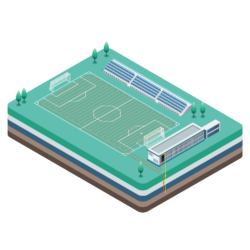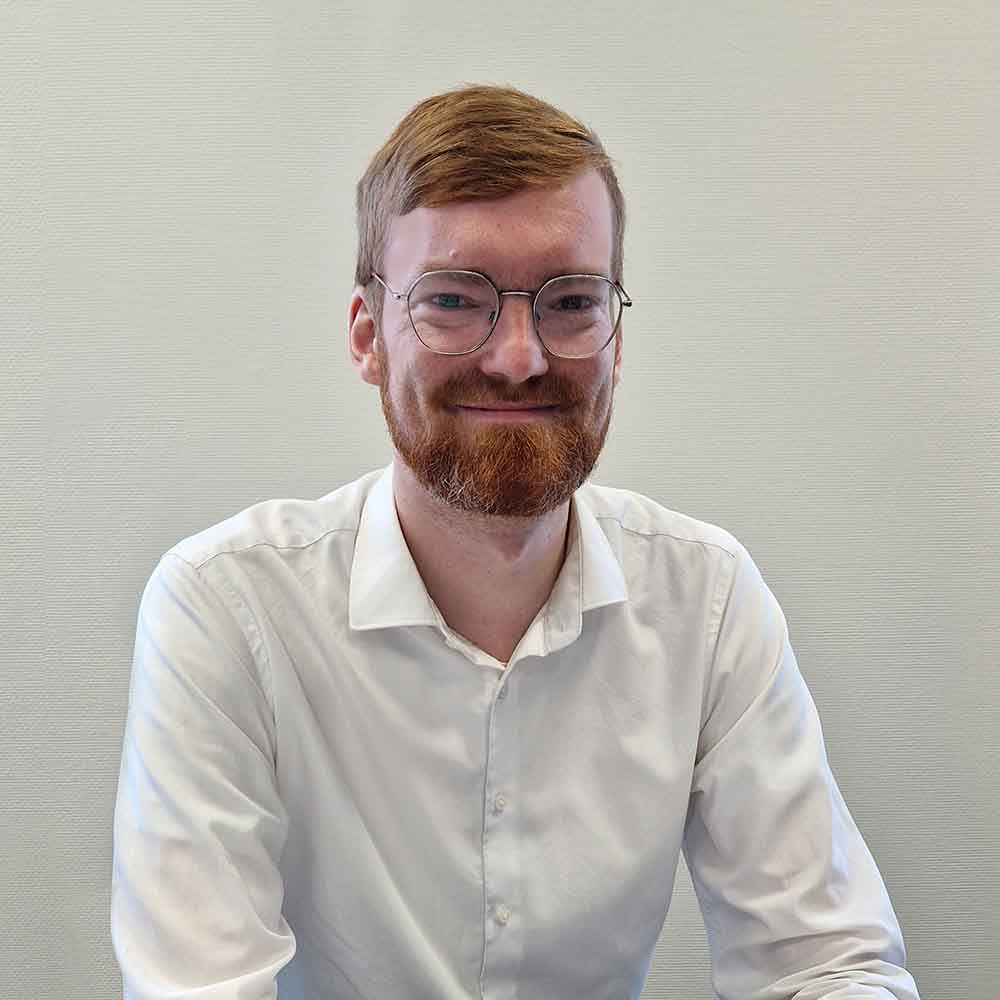Sports complexes are renowned for their vibrant atmosphere and community involvement. However, they also have the potential to become valuable local energy sources. By implementing innovative technologies, such as heat collectors, in the public space, scarce space is optimally used, offering multiple advantages for users and managers.
Aendless Energy is such a company, that focuses on using assets in outdoor spaces as a local source of energy. They are specifically developing a system that extracts heat from artificial sports fields and distributes this among surrounding buildings. By adding heat extraction functionality beneath an artificial grass sports field, this outdoor area can harness thermal energy and contribute to the energy needs of their surrounding communities. Moreover, this heat extraction system offers the added benefit of reducing the field’s surface temperature, creating a more comfortable environment for sports activities, while potentially minimising the risk of injuries.
To validate the technology and research the results and feasibility, Aendless Energy started a project together with several knowledge institutions and government bodies, amongst which the University of Twente. This would contribute to finalising the technology and broader application of it once positively evaluated.






